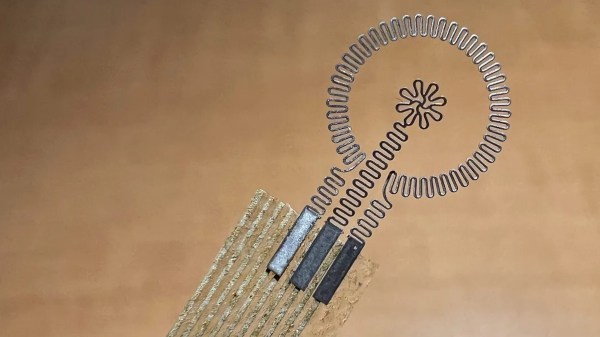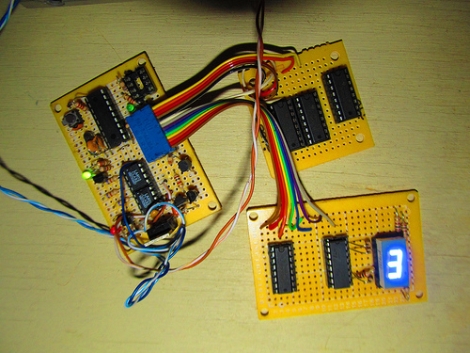We’re a long way from the dermal regenerators in Star Trek, but researchers at Northwestern University have made a leap forward in the convenient use of electrotherapy for wound healing.
Using a ring and center “flower” electrode, this bioresorbable molybdenum device restores the natural bioelectric field across a wound to stimulate healing in diabetic ulcers. Only 30 minutes of electrical stimulation per day was able to show a 30% improvement in healing speed when used with diabetic mice. Power is delivered wirelessly and data is transmitted back via NFC, meaning the device can remain on a patient without leaving them tethered when not being treated.
Healing can be tracked by the change in electrical resistance across the wound since the wound will dry out as it heals. Over a period of six months, the central flower electrode will dissolve into the patient’s body and the rest of the device can be removed. Next steps include testing in a larger animal model and then clinical trials on human diabetic patients.
This isn’t the first time we’ve covered using electricity in medicine.











